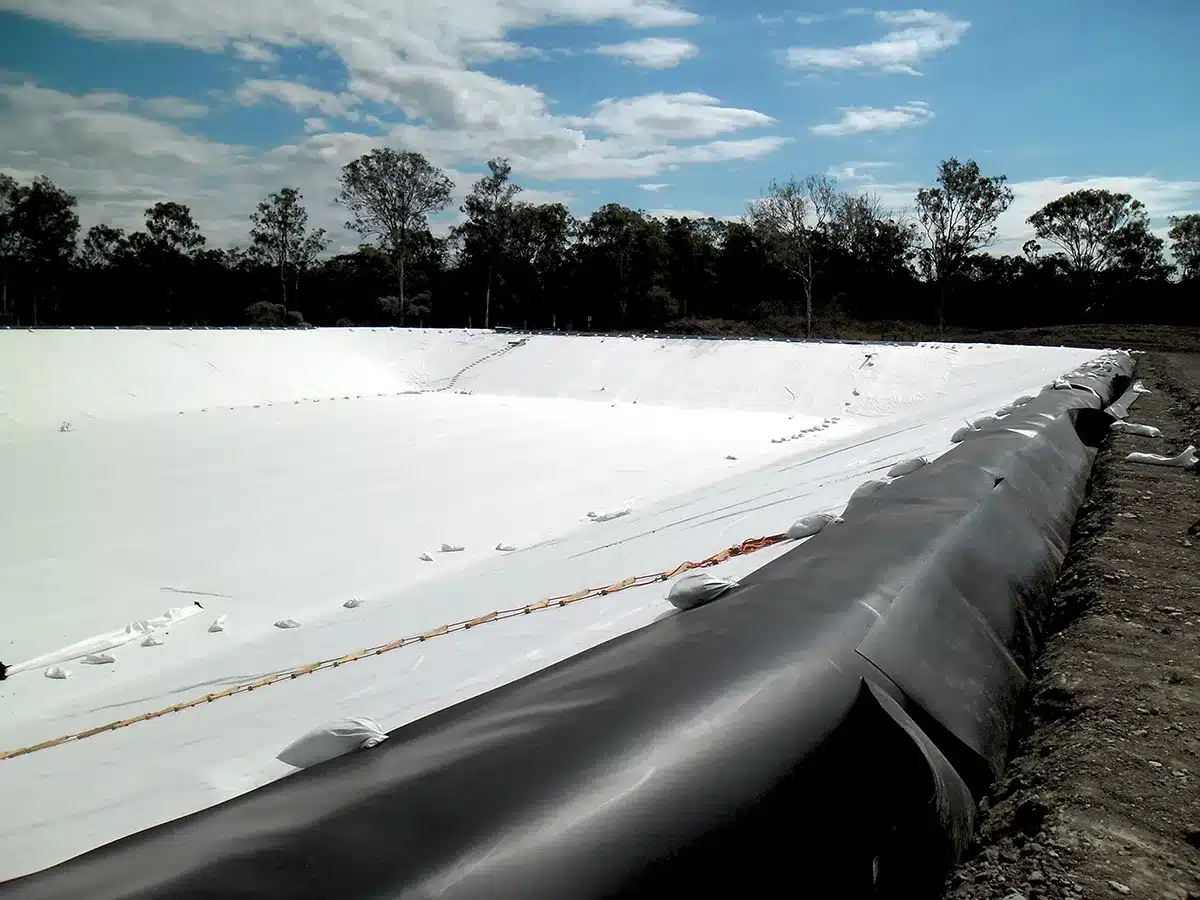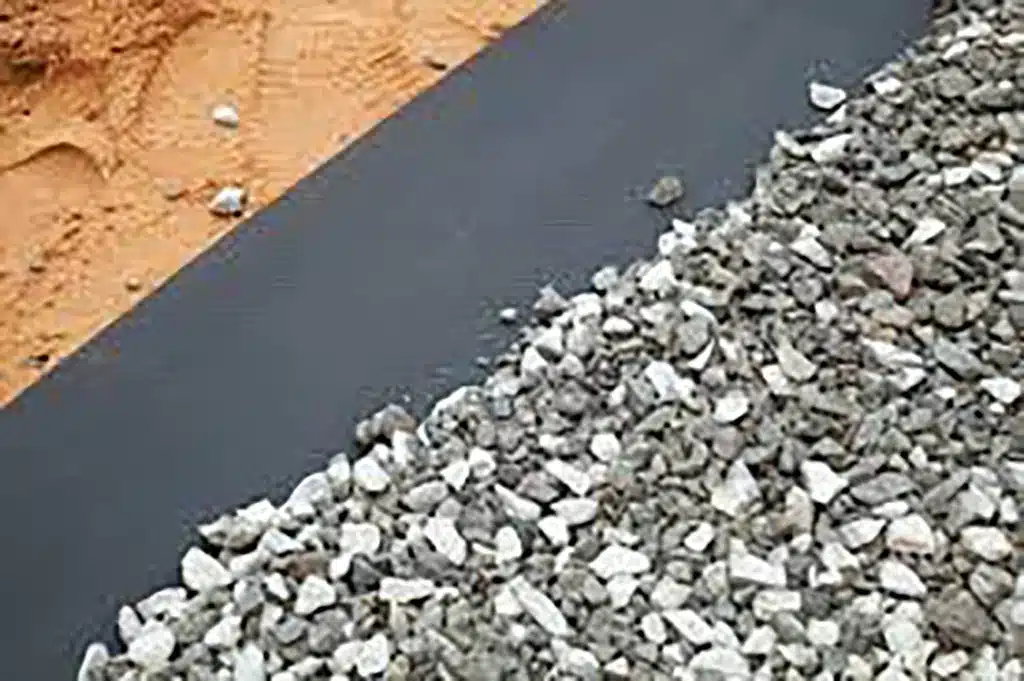+86-159 9860 6917
info@geofantex.com
geofantex@gmail.com
+86-400-8266163-44899
Weed barriers are a common solution sought by gardeners and landscapers aiming to maintain pristine and low-maintenance garden beds. Geotextile fabrics, often used as weed barriers, play a crucial role in this regard. This article explores the functionality and effectiveness of geotextile fabrics as weed barriers, detailing their types, benefits, and appropriate applications.
Is Geotextile a Weed Barrier?
Yes, geotextile can act as a weed barrier. Described as the ideal ground cover solution for weed control, geotextiles are permeable fabrics that, when used in soil, can effectively prevent weeds from growing through. This characteristic allows them to provide vital air and water flow, ensuring that plants receive necessary nutrients and hydration. Typically made from synthetic materials like polyester or polypropylene, geotextiles are designed to be durable and resist decay under the soil, affirming their suitability for prolonged use in various landscaping applications.

Will Non-Woven Geotextile Stop Weeds?
Non-woven geotextiles are particularly effective at stopping weeds. These fabrics are generally thicker and have a felt-like consistency, making them an excellent barrier against the growth of weeds. Their density not only blocks light, which is crucial for weed growth, but also creates a physical barrier that prevents weeds from pushing through the fabric. Non-woven geotextiles suppress weeds by inhibiting light on their own or in conjunction with gravel/chippings. However, for maximum effectiveness, they must be installed properly and covered with a layer of mulch or soil.
What is the Difference Between Landscape Fabric and Geotextile?
While both landscape fabric and geotextile are used to suppress weeds, they differ in material, durability, and permeability. Landscape fabric is typically lighter, designed for temporary solutions, and often used in garden beds. It is less durable compared to geotextile and may degrade over time when exposed to sunlight. On the other hand, geotextile is more robust, designed for long-term usage, and can be used in various applications including erosion control and roadway stabilization, in addition to weed suppression.
When to Use Geotextile Fabric?
You are a content editor. Please naturally integrate “when both soil separation and permeability are required” into the following paragraphs. The logic and semantics are smooth and the main idea of the paragraph remains unchanged:
Geotextile fabric is best used in scenarios where long-term weed control is needed alongside soil stabilization. It is ideal for use under rock or gravel paths, behind retaining walls, in flower beds, and under decks. Using geotextile helps to maintain the structural integrity of these areas while preventing weed growth. It’s also beneficial in areas prone to erosion, where the fabric can help hold soil in place.
Geotextile fabrics are a versatile and effective solution for weed control and soil stabilization in various landscaping projects. Whether you choose non-woven geotextile for its superior weed-blocking capabilities or another type for different applications, it is clear that geotextiles offer a reliable way to enhance the health and aesthetics of your garden spaces. Considering their durability and multi-functional properties, geotextiles are an excellent investment for gardeners and landscapers seeking long-term solutions.



Get Free Sample
We’ll respond as soon as possible(within 12 hours)






















